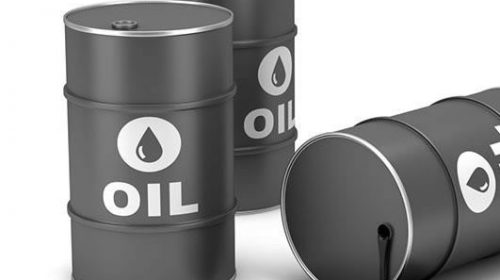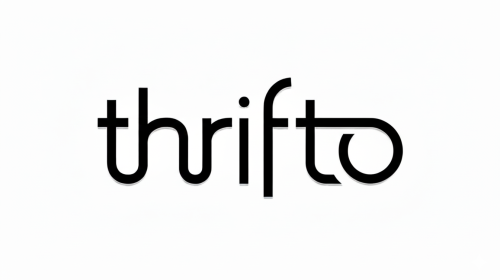Banks, Insurers Benefit As Country Rating Improves; SSA Ratings Outlook Upbeat Too

South African banks and insurers are riding a wave of renewed confidence following the recent S&P Global Ratings decision to revise the country’s credit rating outlook to positive from stable, while affirming the long-term foreign and local currency debt ratings at ‘BB-’ and ‘BB’ respectively. (This almost two years after a decision to revise the country’s investment grade to ‘junk’ status.
South Africa’s National Treasury (NT) welcomed the May 2022 development, commenting that “recent favourable terms of trade had improved the country’s external and fiscal trajectory, while the country’s reasonably large net external asset position, flexible currency and deep domestic capital markets provided strong buffers against shifts in external financing”.
The domestic economy is among the few that have received an uplift following the Russia-Ukraine conflict, with a third successive annual current account surplus forecast thanks to strong export revenues on the back of surging prices for key commodities.
The South African Reserve Bank (SARB) recently confirmed the ongoing revenue windfall, announcing that surplus revenue rose to ZAR143bn in the first quarter of 2022 compared to ZAR132bn in Q4 2021. This helped the current account surplus to expand from 2.1% to 2.2% of GDP.
“Faster implementation of economic reforms, accompanied by fiscal consolidation to provide a stable foundation for growth, will support a faster recovery and higher levels of economic growth over the long term,” noted NT, in its comment on how the revenue windfall would be applied.
Local financial institutions, including banks and insurers, draw support from South Africa’s country rating, because their institutional ratings cannot exceed the grade extended to their country of domicile. To coincide with its country rating announcement, S&P released a notice stating that various SA-based insurers’ outlooks had been “revised to positive following similar rating action on the sovereign”. The S&P Global Ratings announcement coincided with a raft of notices from S&P and other global ratings agency.
Notably, GCR Ratings issued a revised South African Financial Institutions Sector Risk score, at 7.5 points. “The South African banking sector is in remarkably good shape considering a host of challenges, including the global pandemic and associated severe economic shock, geopolitical risks arising from the conflict in Ukraine and knock-on effects of supply chain shortages causing a build-up in inflationary pressure,” noted GCR, before adding that the sector was well positioned to absorb economic headwinds
Confidence in SA’s financial institutions was evident in the more recent S&P Global Ratings report titled Sub-Saharan Africa (SSA) is still down but not out, published 6 June 2022. “Sound capitalisation and profitability should shield banks in Nigeria and South Africa against adverse economic conditions,” noted the report. “Higher interest rates should [also] lead to stronger net interest margins.”
There was, however, a mixed bag of expectations for country GDPs, with SA lagging some of its SSA peers in this regard. According to the report: “Commodity-fuelled exports and investments should help reduce external imbalances and boost activity in commodity rich countries, notably Nigeria, Angola and, to a lesser, degree SA.”
Overall, the credit ratings outlook for banks and insurers plying their trade in the SSA region were upbeat. “Sustained high commodity prices will keep most rated corporates resilient; so far, the effect of the Russia-Ukraine conflict and China’s slower economy has been moderate for most rated SSA corporates, largely because they benefit from the higher commodity prices, can offset rising costs and have limited need to tap capital markets at present,” concluded S&P Global Ratings. “Although country risk continues to weigh on credit quality, companies are showing solid deleveraging with debt to EBITDA below the average for emerging markets.
Risks to the downside emerge from an extended period of high inflation which could undermine asset quality. In that regard, we have already seen been hiccups among emerging market currencies following the latest inflation numbers out of the US. The South African rand slipped to almost ZAR16/USD, and the JSE All Share Index fell sharply as US consumer inflation surged to 8.6% year on year in May 2022, the highest since 1981, and yet more evidence that the US Federal Reserve is struggling to bring address the issue.







Leave a Reply